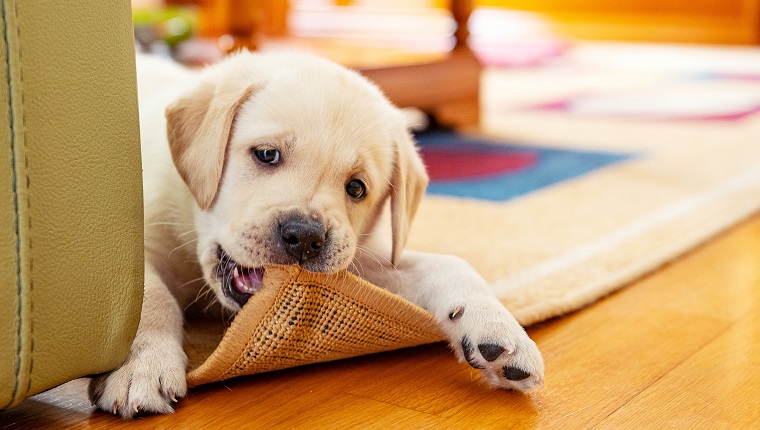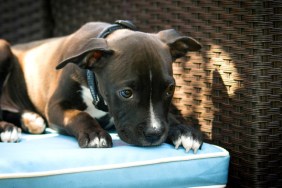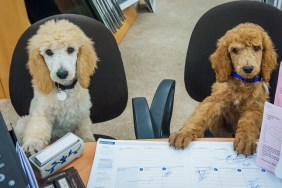If it’s been a while since you lived with a puppy, you’ll undoubtedly have forgotten how much damage can be done with 28 pointy baby teeth that a vampire would envy.
In between puppies, most of us forget just how quickly they can get stuff off the end tables, chairs, counters, and other areas we think are safe. But you…






